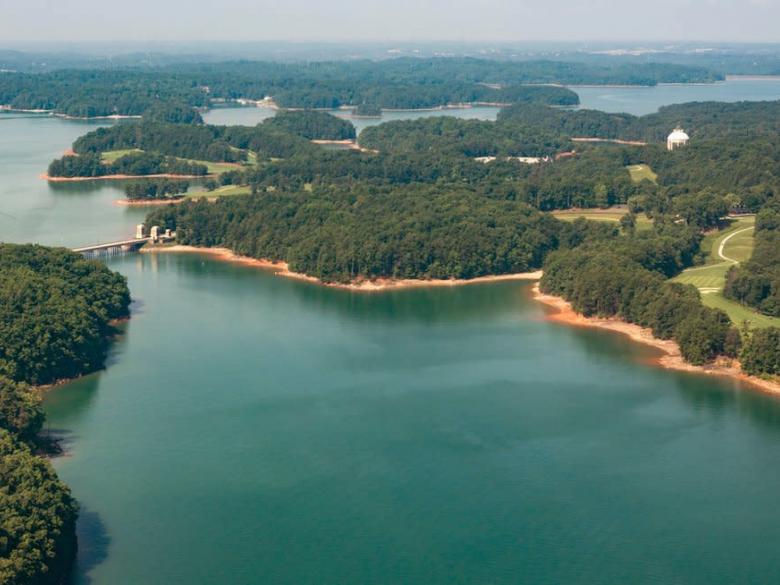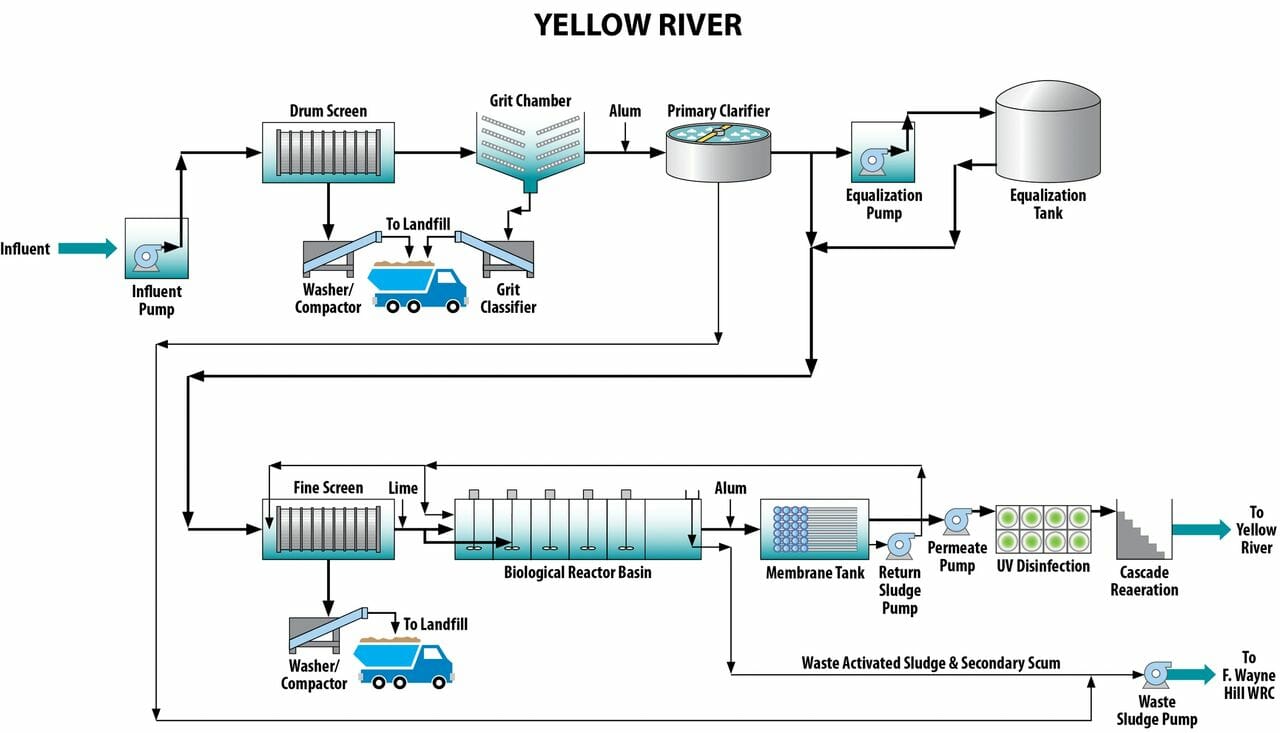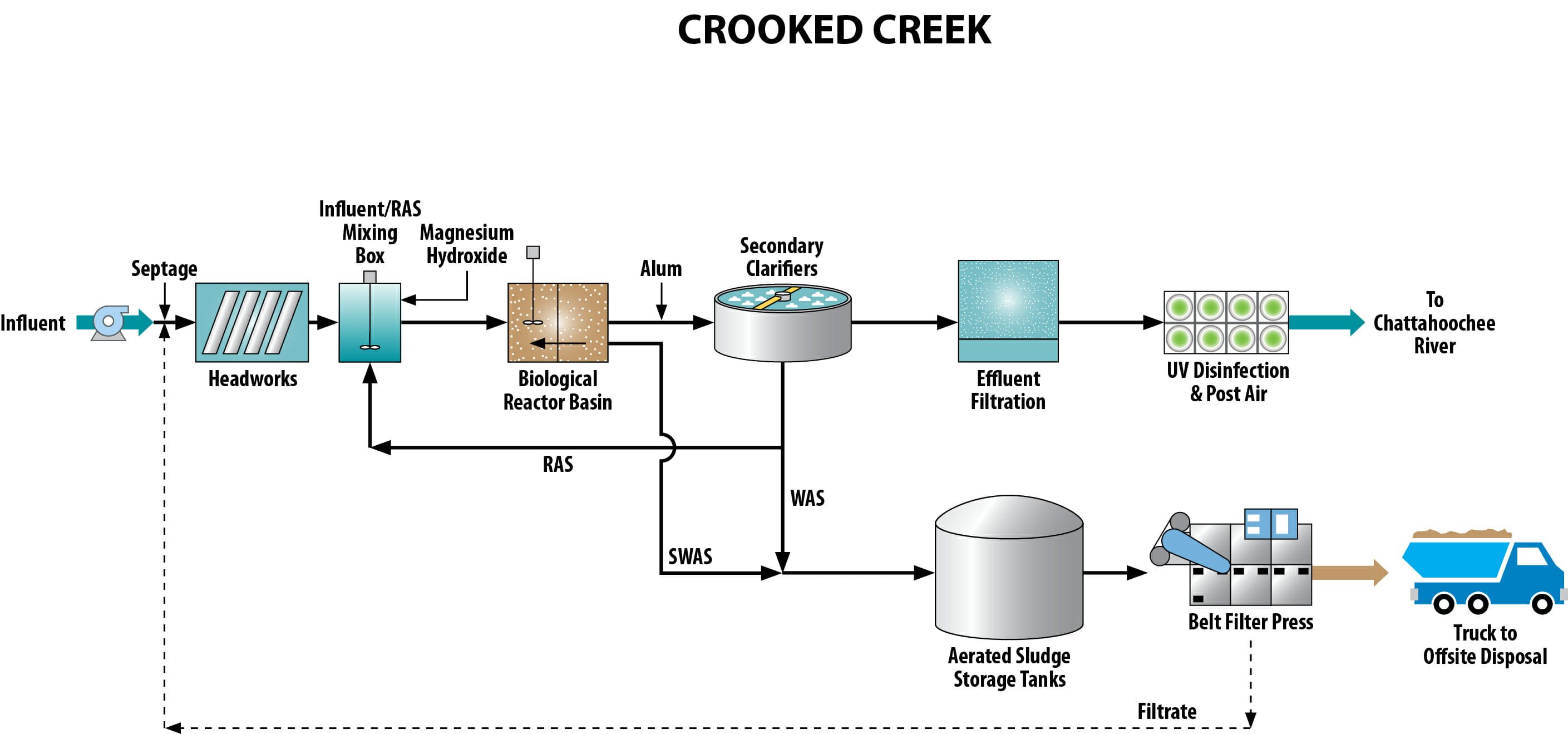Innovative Solutions for the Water Industry
Our R&D program focuses on pressing challenges facing water and wastewater utilities.
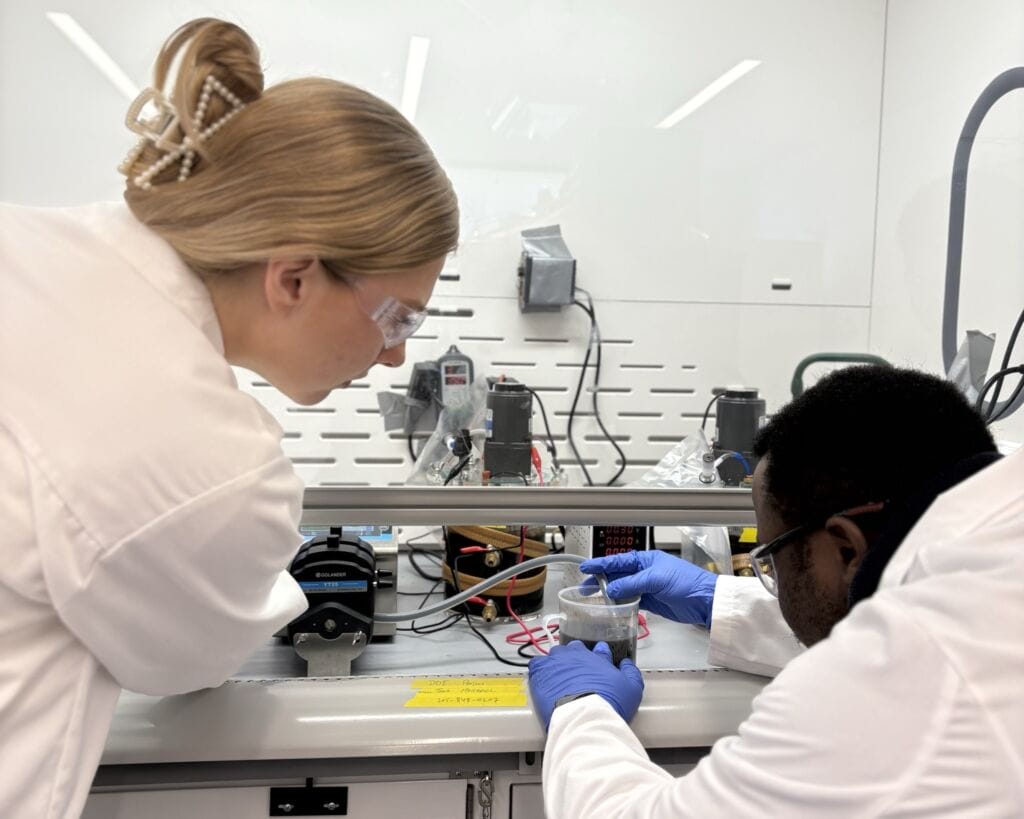
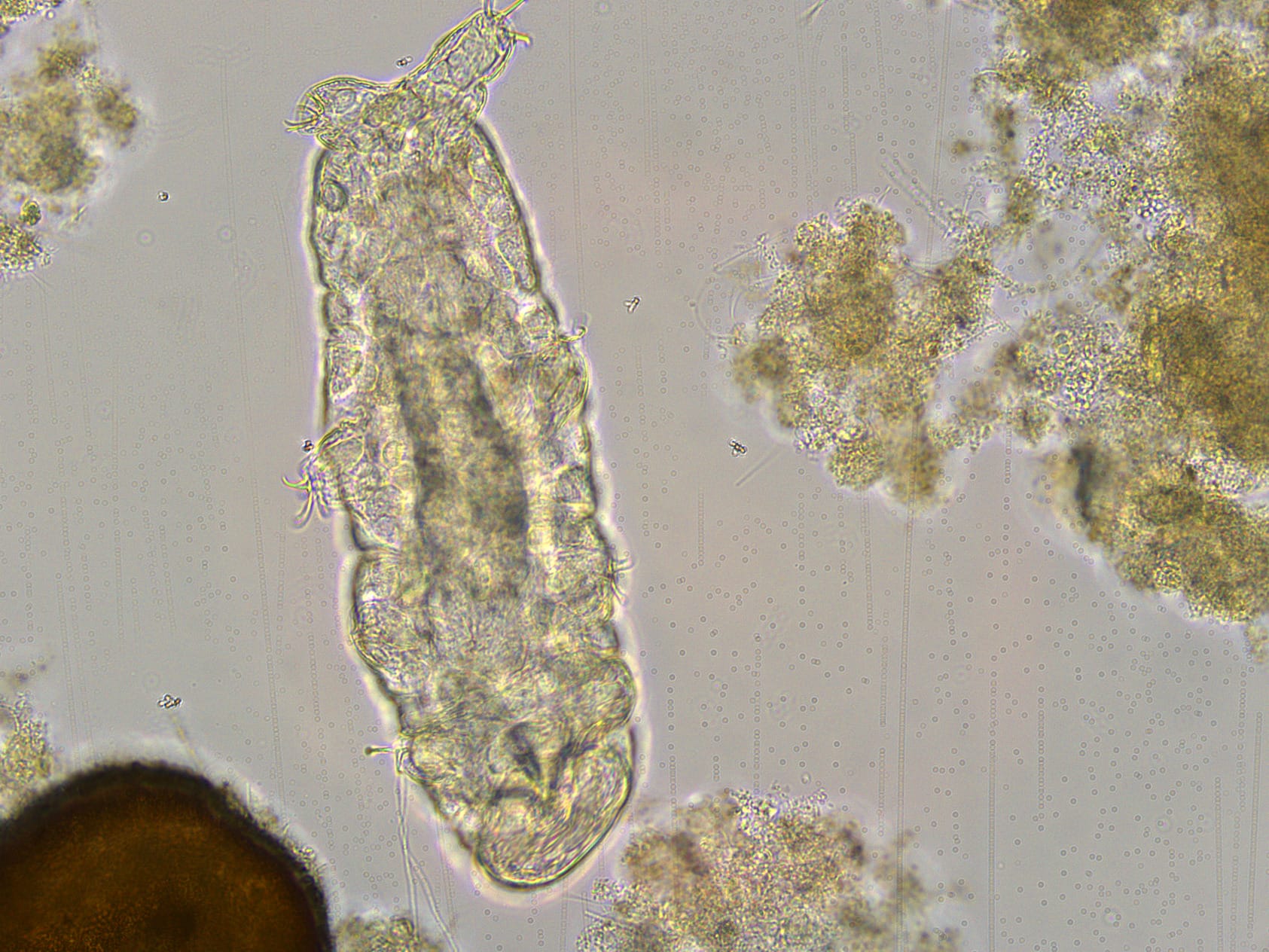

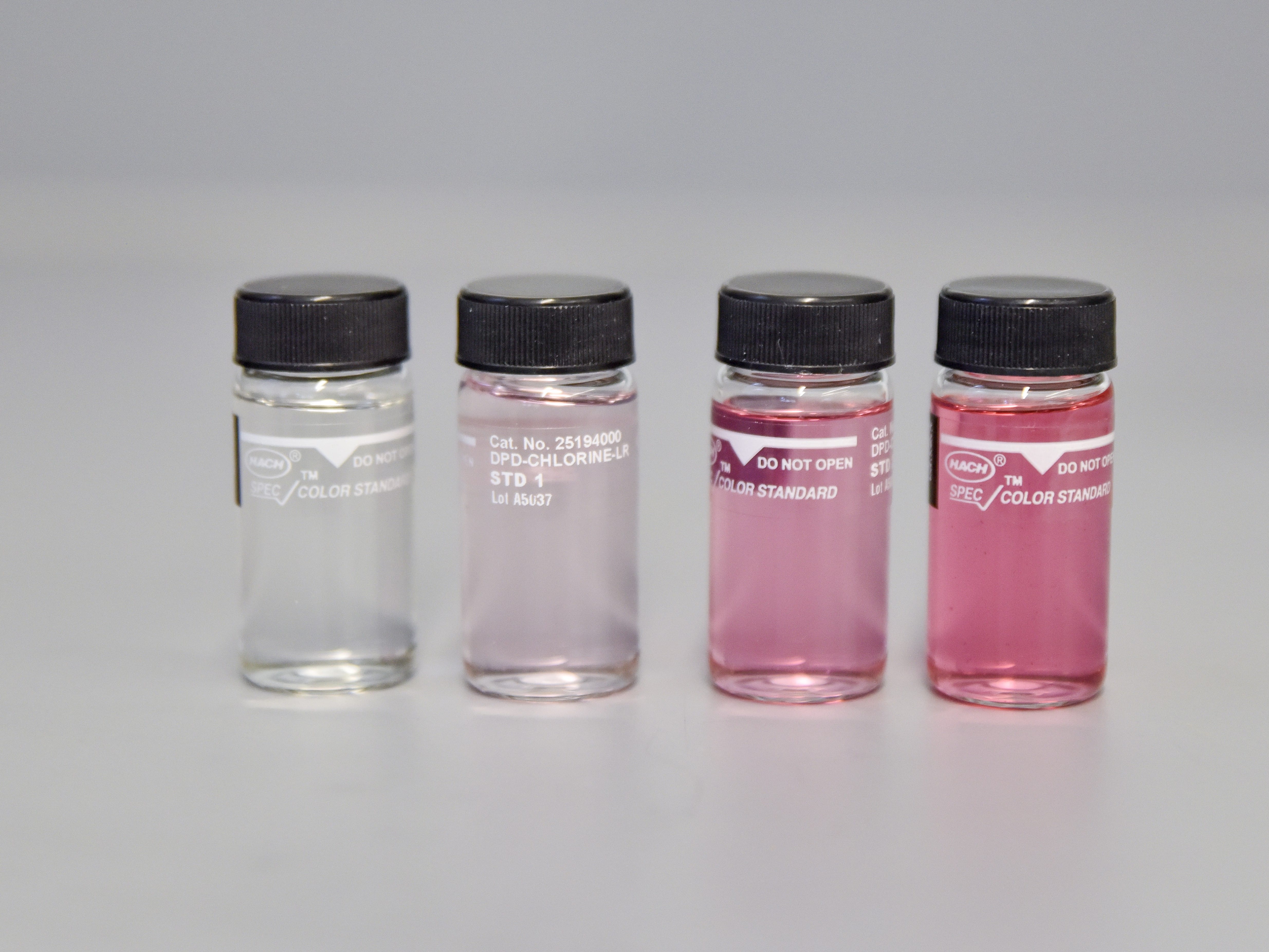
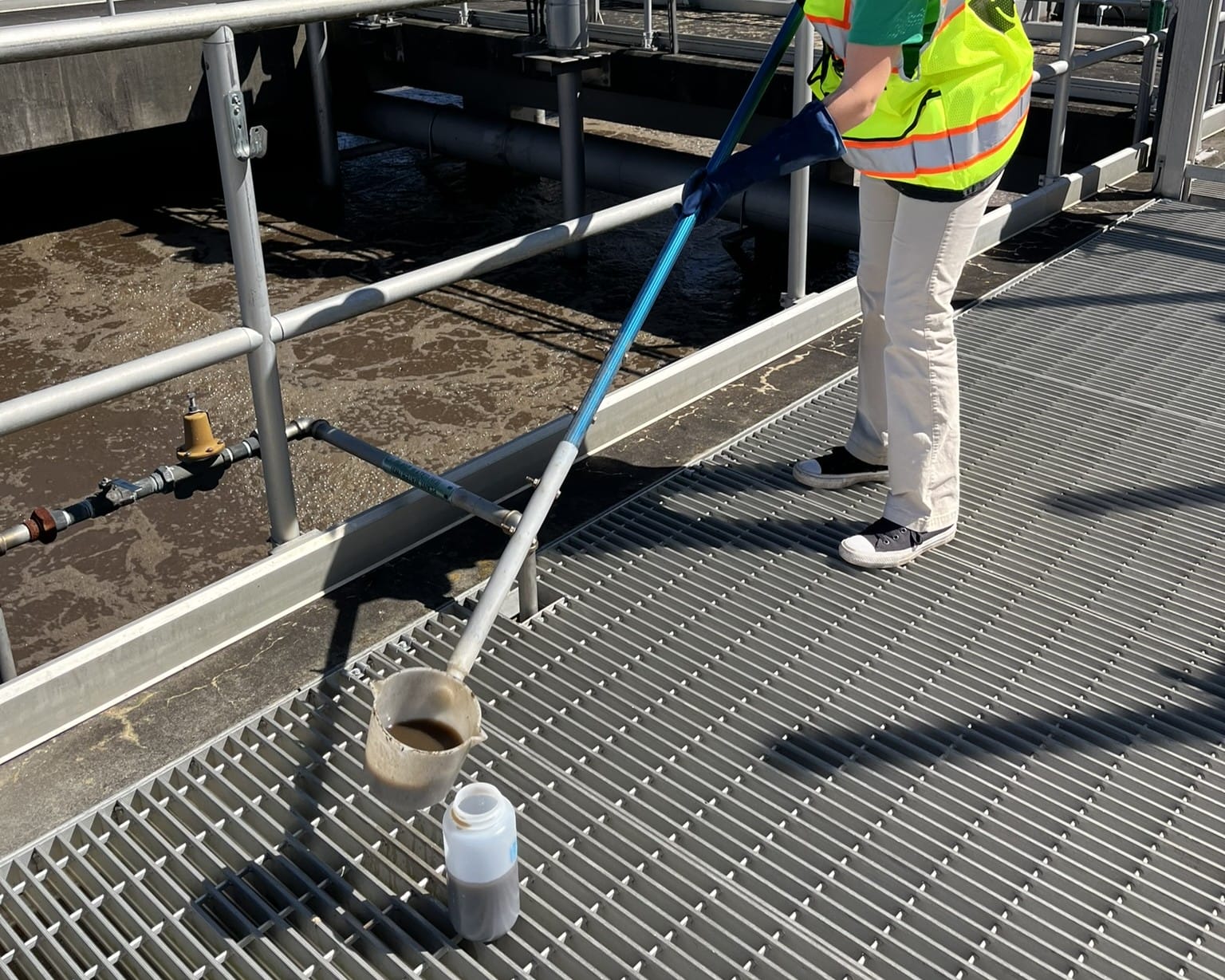
Collaborative Approach
Collaboration is key to meaningful advancement. TWT works with utilities, academia, private companies, and other organizations to ultimately serve water and wastewater utilities by helping to ensure access to safe, affordable, and resilient water services. Collaborative research efforts include:
TWT-managed projects. These projects, such as the suite of projects under the TWT Lake Lanier Watershed Research Plan, are developed with input from technical experts, approved by the Research Advisory Committee (RAC), managed by The Water Tower, and overseen by a volunteer Project Advisory Committee (PAC) of experts.
Partner Research projects. These efforts are proposed to TWT by partners including utilities, universities, industry, and other organizations. The projects are often collaboratively funded and managed by TWT. The proposing partner benefits from technical oversight of the project by a PAC of experts and publication and dissemination of the project outputs to TWT's network.
Joint proposals. Joint proposals between TWT and our partners in pursuit of outside funding.
Collaboration with GC DWR. TWT and Gwinnett County Department of Water Resources (DWR) participate in research projects managed by organizations such as US Environmental Protection Agency, US Department of Energy, the Water Research Foundation, and more.
Technology R&D projects. Companies interested in conducting R&D on campus and utilizing our state-of-the-art laboratories, demo area, and staff support.

Ion Chromatograph
Total Suspended and Dissolved Solids
Total coliforms and other microbial contaminants in water
Digital microscopy with phase contrast
UV/Vis Spectrophotometer
Turbidity Meter
Handheld colorimeters
Combustion Ion Chromatograph
Digital Polymerase Chain
Reaction Instrument
Glassware sterilization
LC/MS/MS
GC/MS
ICP/MS
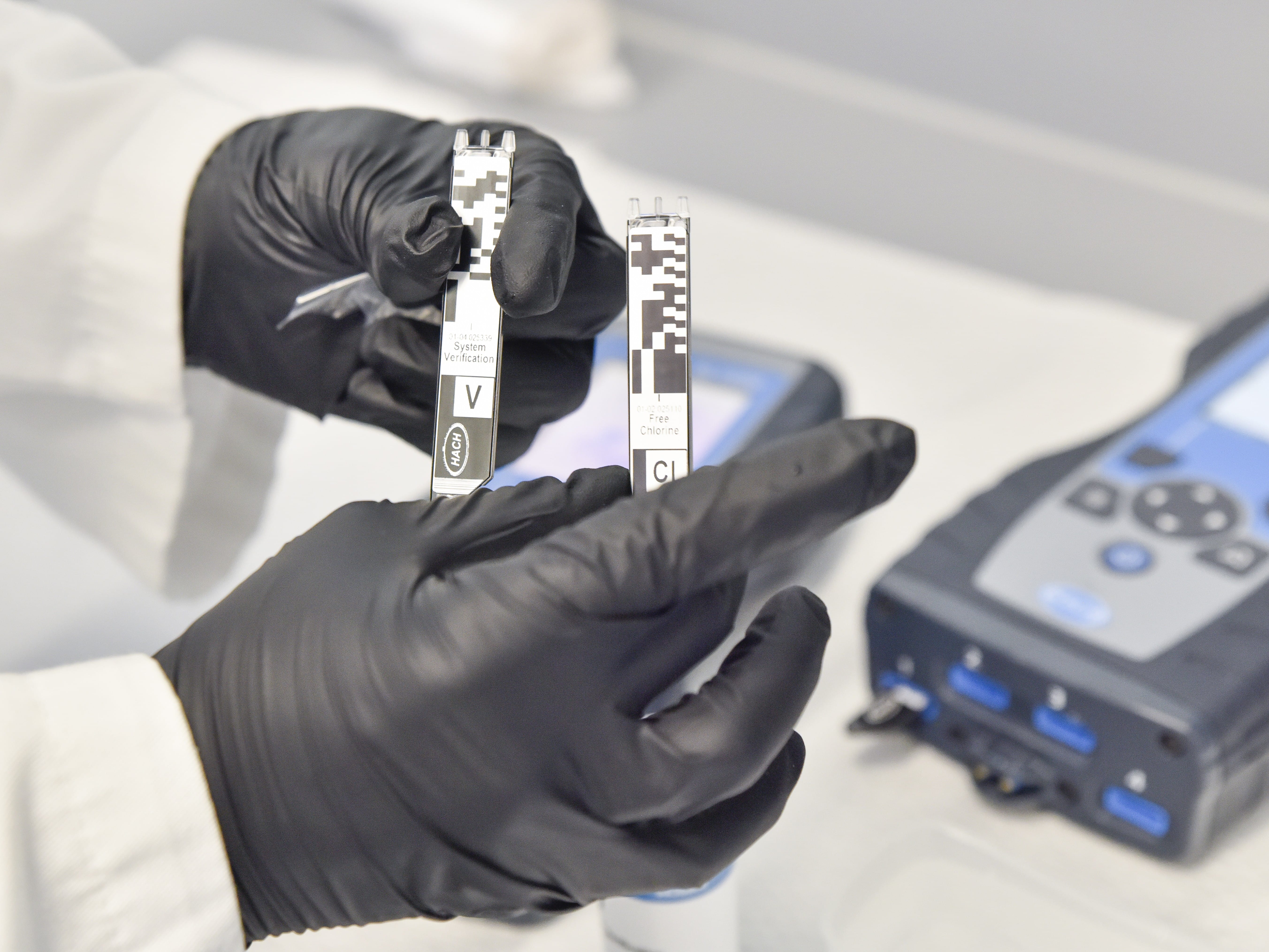
The Water Tower offers lab rental access for our three state-of-the-art labs, including microbiology, analytical, and experimental labs. The labs will be equipped with all basic needs and specialized equipment to serve the R&D needs of universities, private corporations, and utilities. The labs are also available for training through the TWT workforce program and specialized training through our partners.
Unique Research & Demonstration Capabilities
The Water Tower offers research and demonstration areas for lease with a range of amenities to support your water-related research and technology needs. At our Demonstration Facility, located adjacent to the F. Wayne Hill Water Resources Center, we offer access to three live wastewater streams from the treatment plant including primary influent, secondary effluent, advanced treated wastewater, and potable water. The Demonstration Facility includes several research areas and exterior research pads as well as access to a well-equipped laboratory. Both interior and exterior research sites offer access to power, commodity flows, and bathrooms.
Access can also be granted to additional assets found in Gwinnett County including 3,800 miles of distribution system, 3,000 miles of collection system, 220 pump stations, 1,500 miles of stormwater system, and access to the following water qualities:


The Water Tower's Research Advisory Committee (RAC) is comprised of high-caliber experts in the water field who help guide TWT's applied research agenda and prioritize projects.
- RAC Chair: Glen T. Daigger, Ph.D., P.E., BCEE, NAE, University of Michigan and One Water Solutions LLC,
- Katherine Atteberry, Metropolitan North Georgia Water Planning District
- Charles Bott, Ph.D., P.E., BCEE, Hampton Roads Sanitation District
- Gail Cowie, Ph.D., Georgia Water Planning and Policy Center at Albany State University
- Michael Diaz, P.E., M.S., Arcadis
- Chris Haney, ENV SP, STV Inc.
- Kevin Middlebrooks, Gwinnett County Department of Water Resources
- Jason Mingo, Water Services Association of Australia
- Stéphanie Rinck-Pfeiffer, Global Water Research Coalition
- Orren Schneider, Ph.D., P.E., Aclarity
- Rebecca Shelton, P.E., Gwinnett County Department of Water Resources
- Eva Steinle-Darling, Ph.D., P.E., Carollo Engineers


